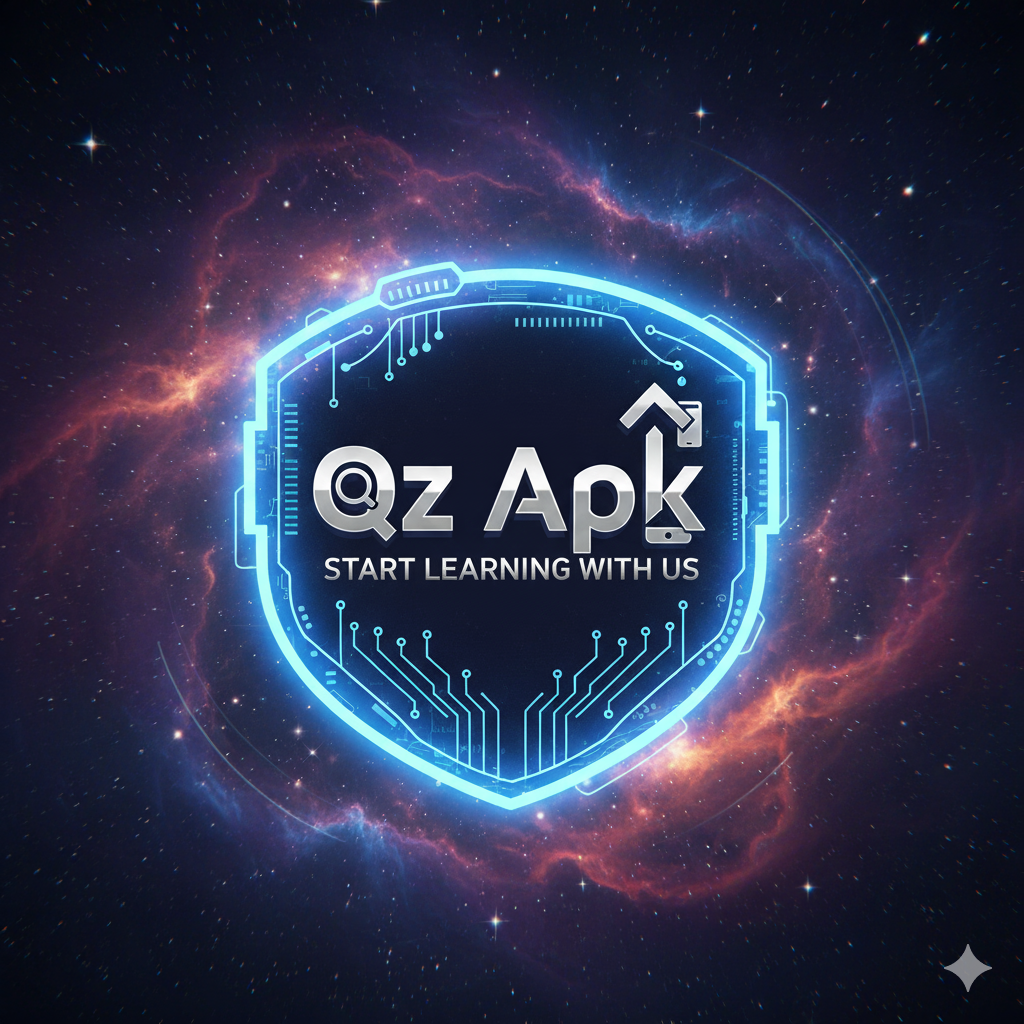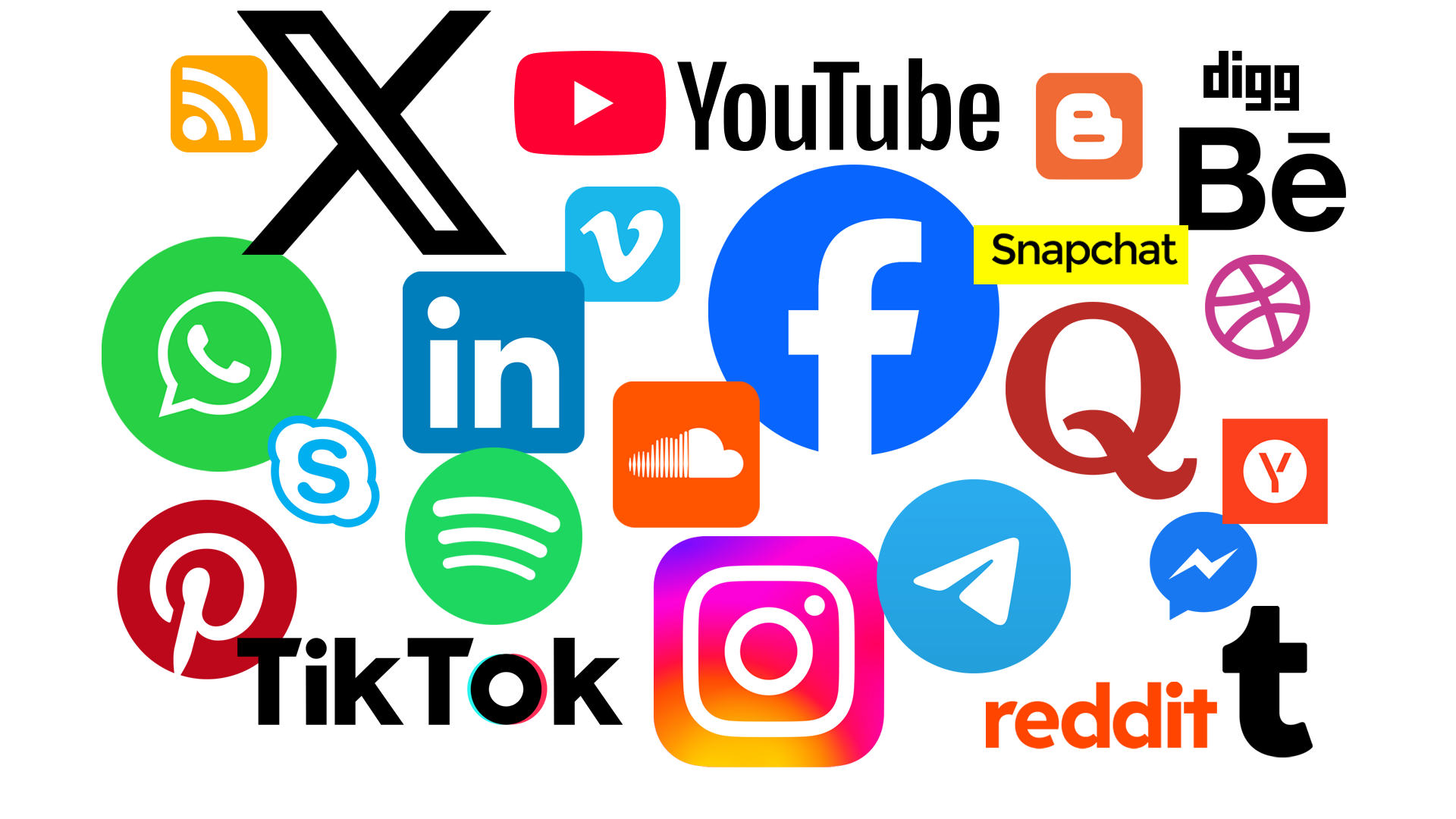In the digital age, social media has become one of the most powerful tools shaping global perceptions, behaviors, and conversations about health. Platforms like Instagram, TikTok, YouTube, and X (formerly Twitter) have transformed how people access health information, share experiences, and adopt wellness habits. From viral fitness challenges to mental health awareness campaigns, social media influences not only what people know about health but also how they practice it. However, while it democratizes access to information, it also introduces misinformation and unrealistic ideals. Understanding this dual impact is essential to grasp how social media continues to redefine global health trends in the 21st century.
The Rise of Digital Health Communities
Online communities have become virtual support systems for millions. Patients with chronic conditions, such as diabetes or autoimmune diseases, now join global groups where they can exchange advice, emotional support, and lifestyle tips. Mental health discussions — once stigmatized — are increasingly normalized through hashtags like #EndTheStigma and #MentalHealthAwareness. These spaces foster empowerment, empathy, and education, allowing people to connect across borders. The shared experiences create a sense of belonging and help individuals make informed health decisions with peer encouragement and guidance.
Influencers and the New Face of Health Advice
Health influencers now play a central role in shaping public opinions on wellness, diet, and fitness. Through visually appealing content and personal storytelling, they make health concepts accessible to younger audiences. For instance, fitness coaches demonstrate quick home workouts, dietitians debunk nutritional myths, and psychologists share mindfulness strategies. However, this influence is a double-edged sword. While credible experts promote evidence-based practices, unqualified influencers sometimes spread misleading advice, resulting in unhealthy behaviors. Thus, followers must learn to distinguish between science-backed guidance and trends driven by popularity rather than fact.
The Psychology Behind Viral Health Challenges
Viral trends like “10,000 steps a day,” “30-day yoga challenges,” or “no-sugar months” leverage human psychology to encourage habit formation. These challenges transform health goals into social experiences, where likes, comments, and shared progress act as motivation. The gamification of wellness — turning fitness and nutrition into interactive online events — boosts engagement and consistency. Yet, the same psychology can also create pressure, leading to comparison anxiety or burnout. When used mindfully, these digital challenges can turn short-term motivation into long-term healthy habits.
Global Health Awareness Campaigns and Movements
Social media has become a catalyst for global health movements. Campaigns like World Health Organization’s #SafeHands Challenge during the COVID-19 pandemic or Movember for men’s health gained traction through viral participation. Platforms amplify messages about vaccination, mental health, and disease prevention in real time. Local awareness drives, from anti-smoking initiatives to reproductive health education, gain international visibility through social networks. By bridging cultures and languages, these platforms make global health literacy more inclusive and far-reaching than ever before.
Table: Examples of Social Media’s Impact on Global Health
| Trend/Movement | Platform | Impact on Health Awareness |
|---|---|---|
| #MentalHealthAwareness | Instagram, TikTok | Reduced stigma, increased therapy adoption |
| #SafeHands Challenge | Twitter, YouTube | Promoted hygiene during COVID-19 |
| Fitness Challenges (e.g., #30DayYoga) | TikTok, Instagram | Encouraged daily physical activity |
| #BodyPositivity | Boosted self-acceptance and inclusive beauty standards | |
| Nutrition Education Reels | YouTube Shorts | Improved public understanding of diet and wellness |
Misinformation: The Dark Side of Digital Health
While social media democratizes access to health information, it also allows misinformation to spread at alarming rates. False claims about vaccines, miracle diets, or “detox” products can go viral, misleading millions. The algorithmic nature of platforms often amplifies sensational content over factual information. Studies show that health misinformation can influence vaccine hesitancy, fad diets, and unsafe medical practices. Fact-checking initiatives, verified medical accounts, and digital literacy campaigns are now crucial to combat this issue. Encouraging users to verify sources and consult professionals helps maintain trust and safety in online health spaces.
The Role of Visual Storytelling in Health Communication
Humans process visuals faster than text, which explains the power of videos and infographics in health communication. Platforms like YouTube and Instagram use storytelling to make scientific concepts relatable. Animated explainers, doctor-led Q&A sessions, and transformation journeys simplify complex medical topics. Visual content not only educates but also emotionally connects audiences to causes like mental health, body acceptance, or chronic illness advocacy. This storytelling-driven approach helps bridge the gap between experts and the public, making health education engaging and inclusive.
The Economic Impact of Health Trends Online
The digital wellness economy — spanning fitness apps, dietary supplements, telehealth, and wearable technology — owes much of its growth to social media visibility. Influencer marketing drives billions in sales annually, with consumers increasingly choosing products recommended by online personalities. The “fitspiration” and “clean eating” movements have redefined lifestyle marketing. However, commercial interests can blur ethical lines, where profit-driven promotions override genuine wellness. Transparency, regulatory oversight, and responsible advertising are vital to ensuring that digital health promotion remains credible and safe for consumers.
Cultural Shifts: Redefining Beauty, Fitness, and Mental Health
Social media has significantly reshaped cultural perceptions of health and beauty. Campaigns promoting #BodyPositivity and #SelfCare encourage acceptance of diverse body types and mental well-being. At the same time, trends like extreme dieting or unrealistic body ideals create pressure and comparison fatigue. Cultural exchange through social media also allows global audiences to learn about traditional health practices — from yoga and meditation to herbal remedies and mindfulness — blending ancient wisdom with modern approaches. This cross-cultural dialogue is fostering a more inclusive, holistic view of global health.
The Future: Artificial Intelligence and Personalized Digital Health
The next phase of health evolution on social media involves technology-driven personalization. AI-powered algorithms already suggest customized fitness plans, diet tracking, and stress management content based on user behavior. Wearable devices sync with apps to monitor heart rate, sleep, and nutrition, turning social sharing into data-driven wellness. However, concerns about privacy, data misuse, and over-reliance on digital advice persist. As technology advances, maintaining ethical standards while promoting authentic health communication will define the future of global wellness trends.
FAQs
1. How has social media improved public health awareness?
It has made health education more accessible by connecting experts with the public, promoting global awareness campaigns, and encouraging community participation in fitness and wellness activities.
2. What are the main risks of relying on social media for health information?
The spread of misinformation, lack of professional oversight, and commercialization of wellness trends can lead to confusion and unhealthy practices if not verified through credible sources.
3. Can social media create lasting positive health habits?
Yes, when used responsibly. By fostering supportive communities and promoting evidence-based challenges, social media can motivate people to adopt healthier routines and sustain them long-term.



